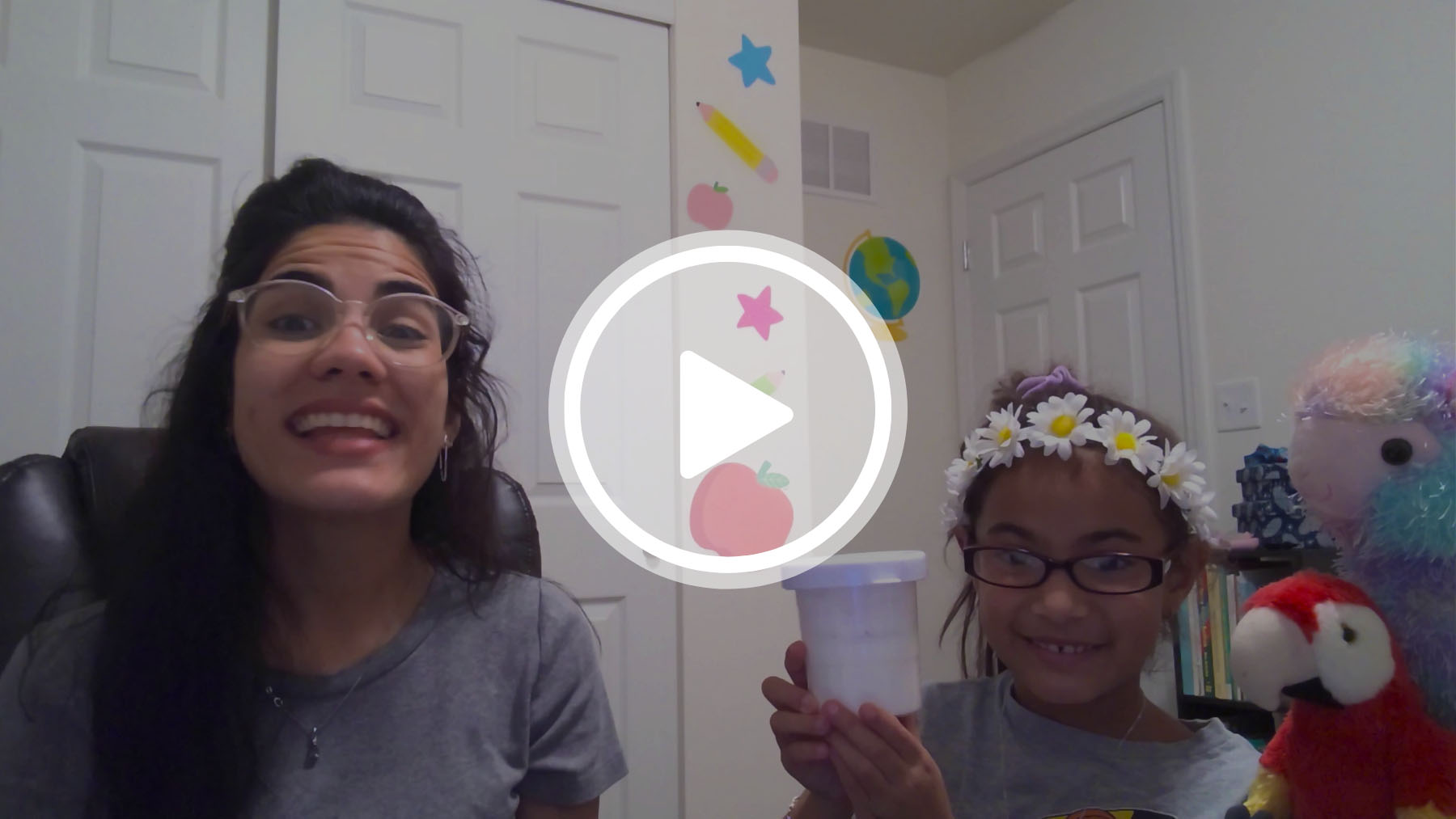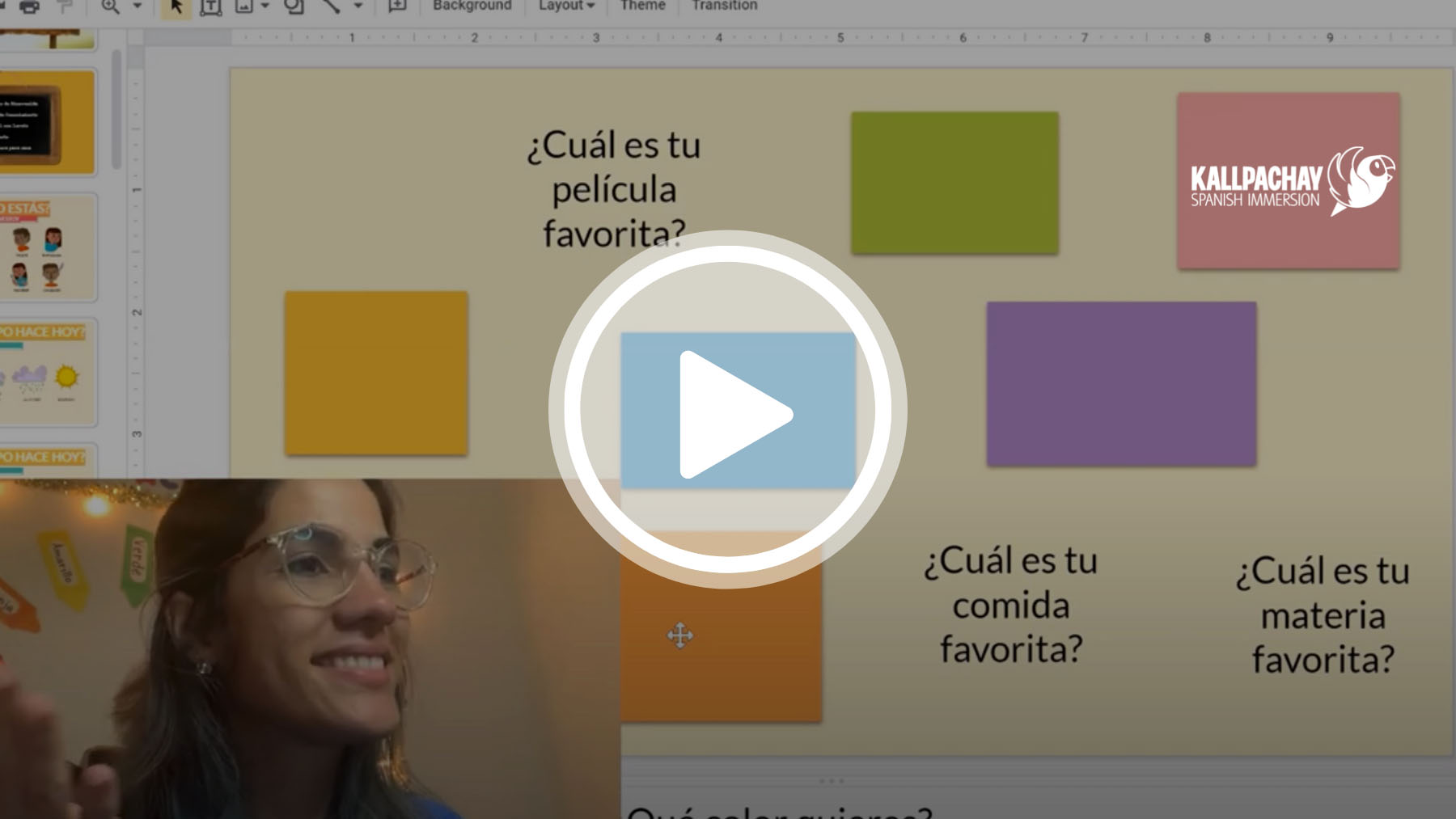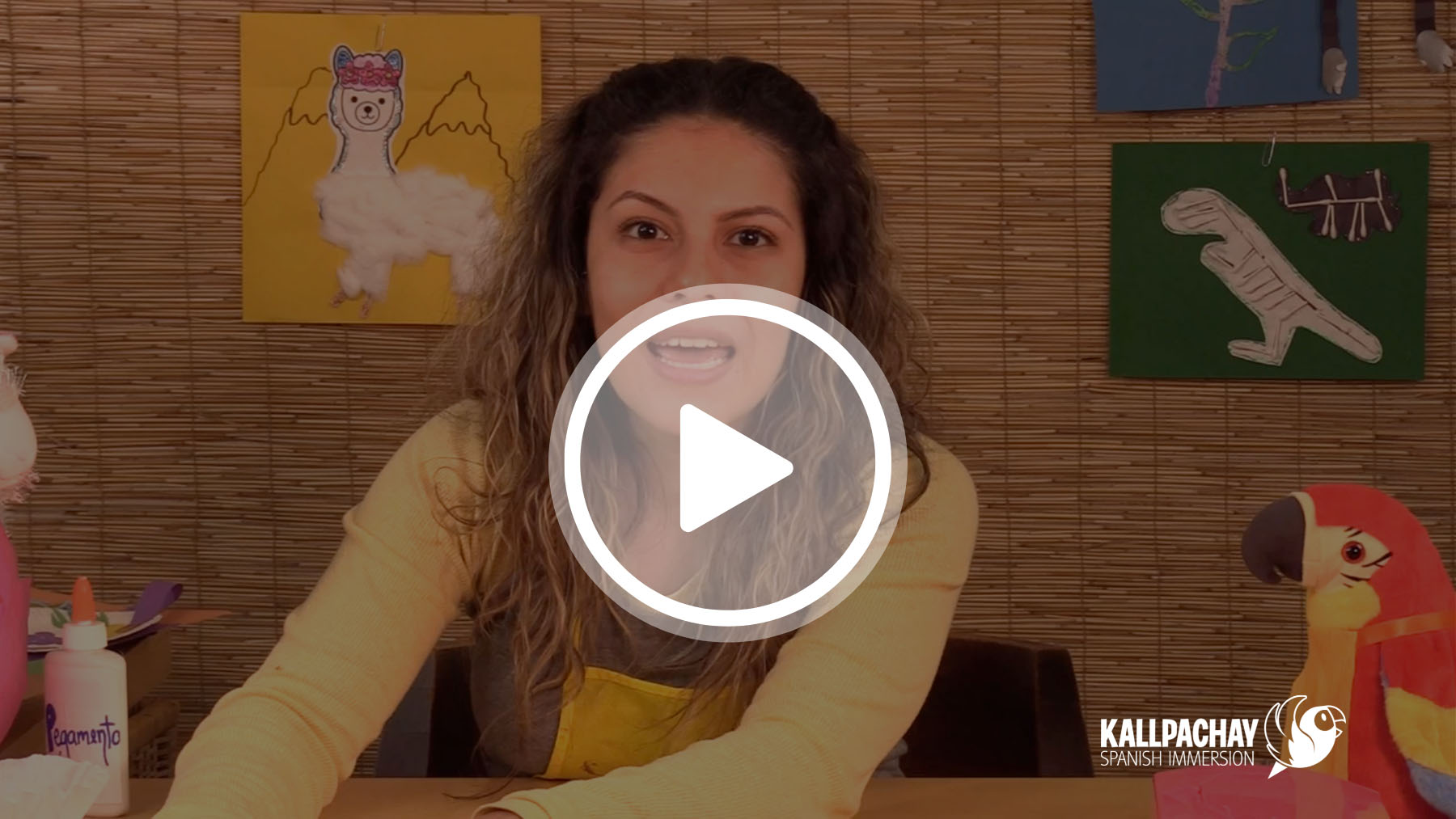Encourage Spanish with Confidence
Turning tears into triumph!
Turning tears into triumph!
I remember when I first started learning English. I was thirteen and had just moved to the United States, and not only did I have to face the reality that I had left behind all of my friends in the Dominican Republic, but I now also had a barrier to making new friends. I remember my first day of class—8th grade—and roaming the halls trying to find my classroom. I didn’t know how to ask anyone for help locating my class in English, and it was the first time I’d ever had to search for my class besides; back home, our teachers always came to us in a designated classroom. I would always arrive late to class, and it was the most intimidating and humiliating experience.
I would then finally make it to class!...only to be received by my teacher interrogating me in English. I was clueless as to what she was saying, and though there were other Spanish-speaking students in the class who tried helping me by translating they would be stopped by our teacher because I needed to learn English and, in her opinion, that was not the way to learn.
The challenge of learning English is a memory that stays with me and informs how I teach Spanish to children today. I am careful to prepare classes that are rich in the techniques I am sharing with you so that no one in the class feels intimidated and humiliated! In fact, I strive to do the opposite of what I experienced by using Kallpachay’s methodology, which emphasizes slowing down and including students every step of the way using videos, graphics, gestures, and other teaching aids; such an approach is vital to encouraging enjoyment of the language-learning process. This step cannot be overstated and is indispensable to ensure full participation in my classes. Follow along and you, too, will see that whether at home or in the classroom, establishing these routines and expectations will lead to eliciting more spoken Spanish from the children.
Here are some essential best practices for encouraging your students to speak Spanish. You will see that you can easily bypass making them feel uncomfortable or unnecessarily frustrated. It takes patience at first, but with practice becomes second-nature.

For example, if one of my students asks, “Teacher, can I please go to the restroom?” my response to them is “Maestra, ¿Puedo ir al baño?” and then prompt them to repeat the question in Spanish. I do this any time a child asks a question or comments on something in English during class. The students will gradually make the connection that only by asking or commenting in Spanish will they get the response needed to move forward. Since the nature of children is to be proactive, this works beautifully. With extended exposure to the language and the resulting growth of their vocabulary, it becomes natural to simply start with Spanish when speaking.

I make it a regular practice to give prompts. Prompts are simply possible choices of an answer my students can give with one correct choice. This helps them jog their memory by matching meaning using auditory recall in order to piece things together. I view this as an invitation to practice solving a type of a puzzle!

Using a reward system is one of my favorite ways to motivate Spanish speaking through positive reinforcement. When I see the anticipation in my student’s faces for counting up points, it brings out my smile too!
Assigning points to different parts of the lesson is a great way to encourage speaking Spanish while simultaneously helping to create structure in the day. For example, you can incorporate points for speaking Spanish in the welcome circle, an activity or game, an art project, clean up, helping others, and more!

I discovered that when I applied a melody and rhythm to simple phrases, it worked wonders in helping students with their memory recall! Singing instead of speaking can really help punch up phrases you want your students to have at the tip of their tongue. You can use a different tune for each (see examples below), or you can repeat the same melody for all—but in the latter case, I suggest changing up the melody a bit more often to keep things fresh.
There are some examples of phrases and melodies that work well with this method below. Model each question with the response expected until children get the hang of it.
TEACHER:“Who's next?”STUDENT:“It’s my turn”,TEACHER:“I’m looking to see who is finished”STUDENT:“I’m finished”TEACHER:“How are you feeling?”STUDENT:“I’m hungry”TEACHER:“Can I have a volunteer?”STUDENT:“I can help”TEACHER:“Do you know how to say it?”STUDENT:“I forgot that word”
- Row, Row, Row your Boat
- Twinkle, Twinkle Little Star
- El Pollito Dicen
- Let It Go (Frozen)
- You’re Welcome (Moana)
Children are great at mimicking, and as long as you are consistent and firm with your approach, you will find that they will catch on quickly to all the methods introduced here. That said, I had to adjust the pace of my class and mentally prepare for the patience required to wait for my students to respond in Spanish. In these moments you may feel tempted to help them in English, but once you set an example of patience in waiting for their attempts to speak the language, the student will follow along. I respect the process of learning a second language and I recognize the effort that it takes for children to recall and produce language, a crucial step in acquiring fluency.
If you found this article helpful, please reach out to us for more resources on ways to reinforce the speaking of Spanish at home or at your school. Be sure to check our other Youtube videos for tips and tricks and to see how these techniques are applied in Kallpachay classes.
Read about Spanish language immersion and the many contexts around the Spanish language in our immersion blog!

Learn about the many different ways the concept of love is expressed across the many Spanish speaking cultures. A must read for the romantic side of all of us...
Read More
Take an imaginary voyage to the past in a small city in the center of Mexico during the 60’s to learn how language can be absorbed through music...
Read More
Save the dates! From December 16th to December 24th is when the night party begins and if you have a yearning to learn more then you’ve come to the right place!
Read More
In 1531 a native of Mexico, Juan Diego, witnessed the appearances of the Holy Mother of Jesus Christ on the hill of Tepeyac, in the north area of Mexico City. In one of her several appearances...
Read More
Spanish is one of the world’s most popular second languages with somewhere in the region of 20 million students currently studying it in some capacity—and it’s no small wonder why! Spanish is a beautiful and...
Read More
Students of all ages have long been encouraged to study languages as many studies connect linguistic skill to other academic achievements. The work that is required to read, write, and speak in a new language...
Read MoreCHECK OUT OUR
From t-shirts to gift cards, coffee mugs, puzzle sets and even masks, we’ve got a little something for everyone, whether young or young at heart!
VISIT SHOPCHECK OUT OUR
Give the lifetime-lasting gift of language immersion knowledge and education! With our Kallpachay gift cards, you can give that gift to anyone for our in-person or online immersion services!
VISIT SHOP